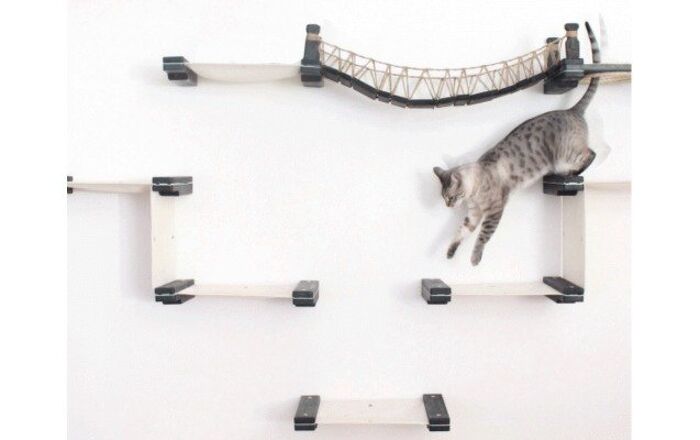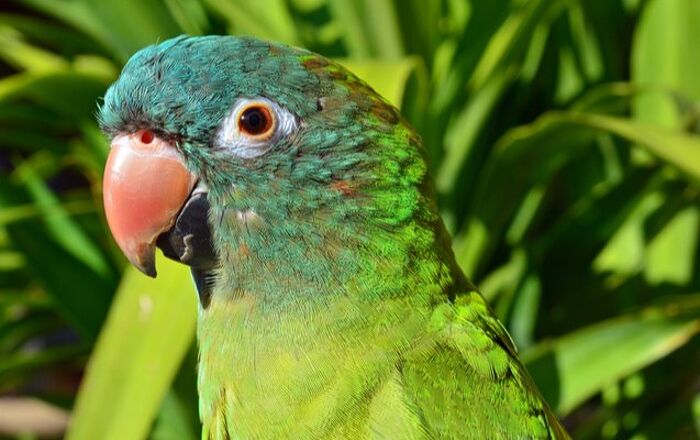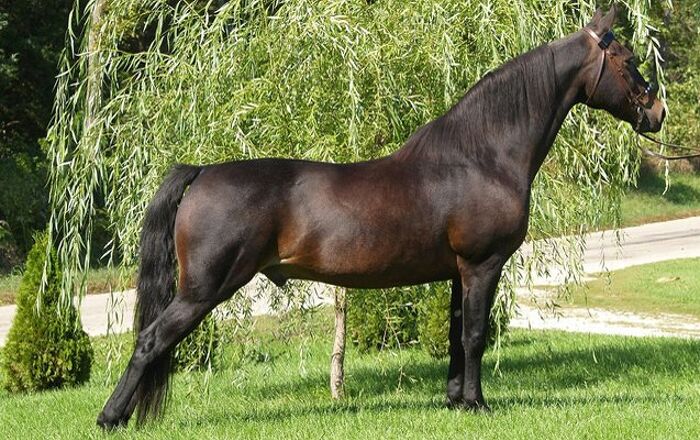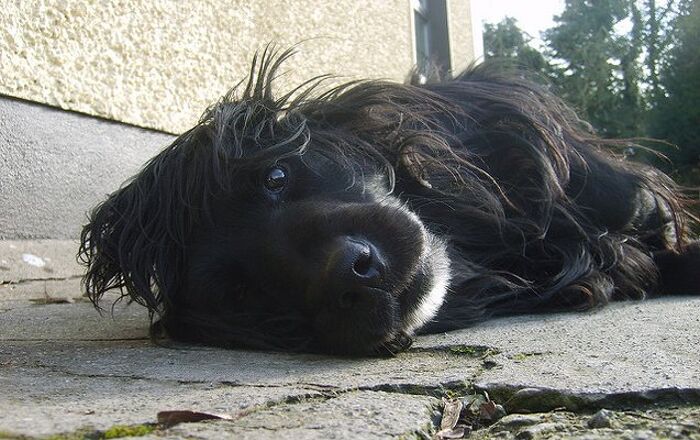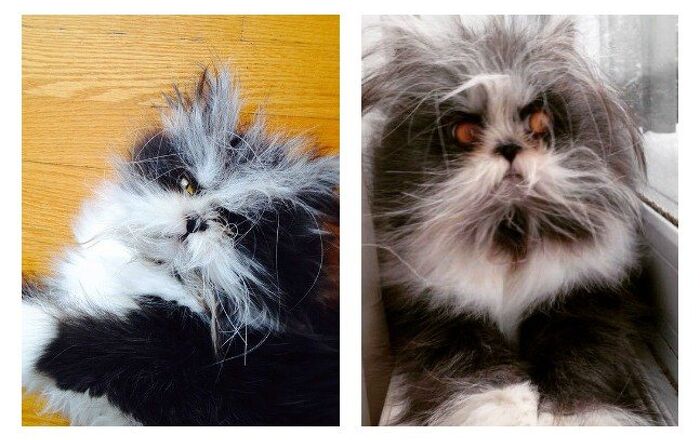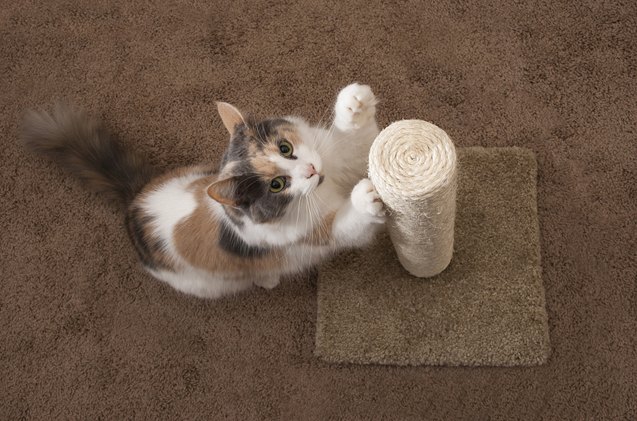
A scratching post is an essential piece of feline furniture. But with so many to choose from, how do you know which one your cat will use?
Cats come with claws, but it doesn’t mean you have to sacrifice your nice furniture. Rather than declawing your kitty (which is really cruel and unnecessary), keep her claws trimmed with a pair of feline claw clippers, and keep your furniture looking like new by encouraging her to use a scratching post.
With so many different types of scratching posts, shopping for one can get somewhat confusing. How do you know that you’re buying your kitty the scratching post that she will love and actually use? The tips below should help.
The Right Size and Sturdiness
Cats want to use a scratching post that is sturdy, so avoid purchasing anything that’s already unstable or wobbly or made of cheap materials that will guarantee it won’t remain strong for long. Put simply, your kitty should be able to lean all of her weight into the post without it falling over, so make sure it is made of durable materials.
Related:Works of Art You Want Your Cat to Shred
The scratching post should also be high enough that your cat can fully stretch her body and the muscles of her legs and paws. So if you’ve adopted a kitten, you may need to upgrade to a taller scratching post as your fur baby grows.
The Right Texture
Kitties typically prefer to find something with a rough texture to scratch on, and something they can really sink their claws into. The best material is one that your cat will be attracted to and will be able to use without getting her claws stuck. A great example is sisal, which is really popular amongst felines and their owners because it is durable and has a rough texture that cats like.
Related:Tips on How to Pick Furniture Your Cat Won’t Scratch
If your cat doesn’t like sisal, you could try other materials, such as wood or corrugated cardboard. And if you find that your kitty likes to scratch on your carpeted floors or your rugs, a scratching post with a carpeted base might satisfy that need without having to go after your flooring.
Horizontal or Vertical
Speaking of cats who like to scratch at carpets and rugs, you can also offer your kitty a mix of different types of scratching posts, not only in terms of the materials that they’re made of, but also in terms of whether they’re meant to be used vertically or horizontally.
A horizontal scratching post is a great option for kitties who like to claw at flooring. Even though they may also use vertical posts, the addition of horizontal options could be helpful.
Location, Location, Location
Once you have a few scratching posts, place them throughout your home in strategic areas where your cat tends to scratch. Hiding the scratching posts in a corner might not be such a good idea because your cat may not even bother using them.
If your cat has started scratching your furniture, for example, placing a scratching post there could help deter her from using the furniture because the post is a more attractive option.
Also, simply paying attention to your kitty’s habits will help you figure out the best places to put your scratching posts. If your pet sleeps with you at night and likes to scratch after waking up, put one in the bedroom. Other cats may like to scratch before or after they play, after a nap, or after they have a yummy meal.
With so many different styles from innovative manufacturers now available, including those that don’t even really look like traditional scratching posts, you can place these in view as part of your décor without worrying that your home looks like that of a crazy cat person.
Offer Plenty of Options in a Multi-Cat Family
Finally, having a variety of scratching posts is very helpful in a multi-cat household where every cat has individual preferences when it comes to where they scratch, the materials they prefer, and whether they like horizontal or vertical options.
Avoid attempting to encourage your kitty to use a scratching post by grabbing her paws and placing them on the post. Instead, try sprinkling dried catnip on it. If your kitty still shows no interest, it could be the wrong type of scratching post for her, so you may need to experiment a bit until you find the right fit.




